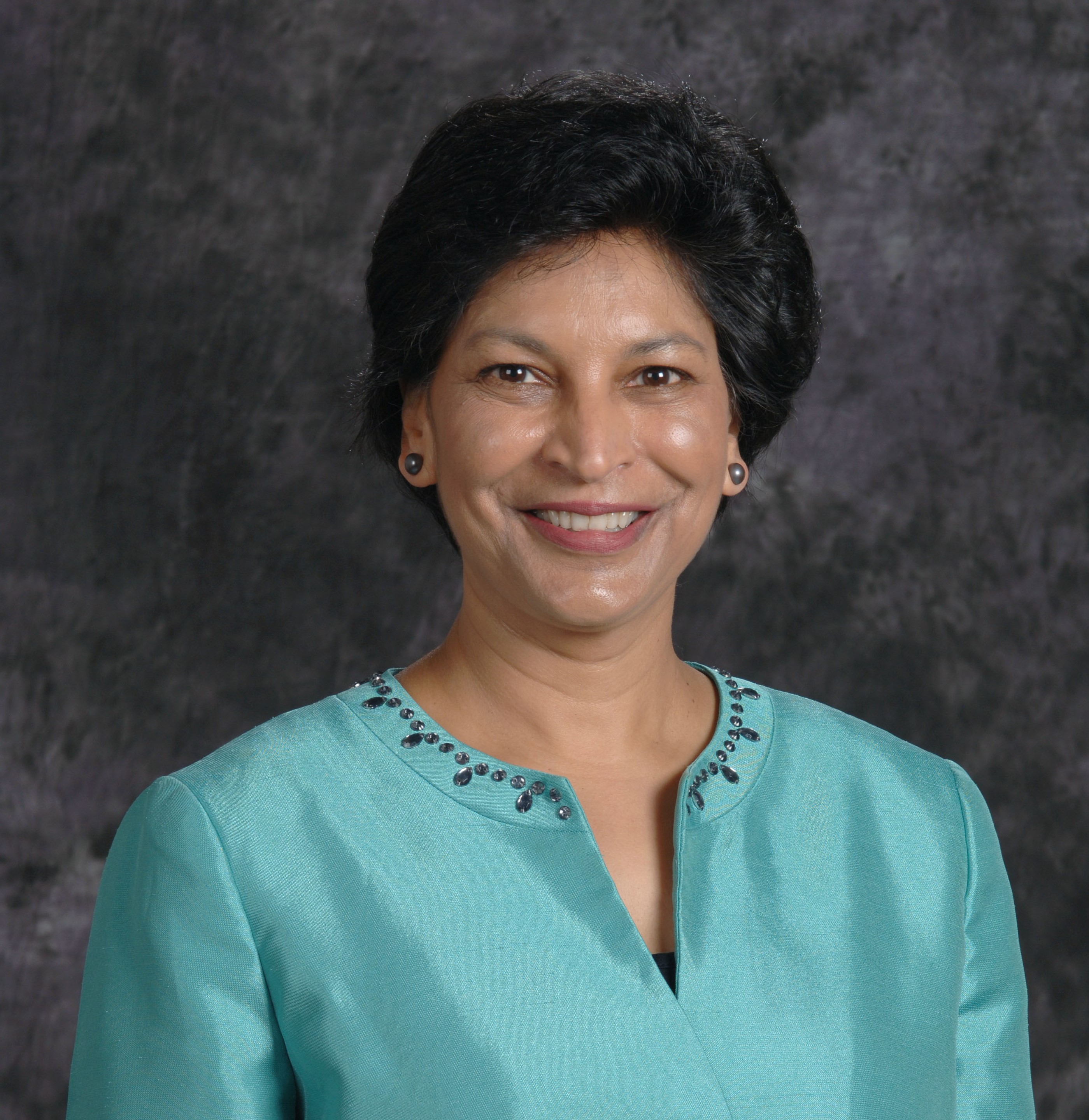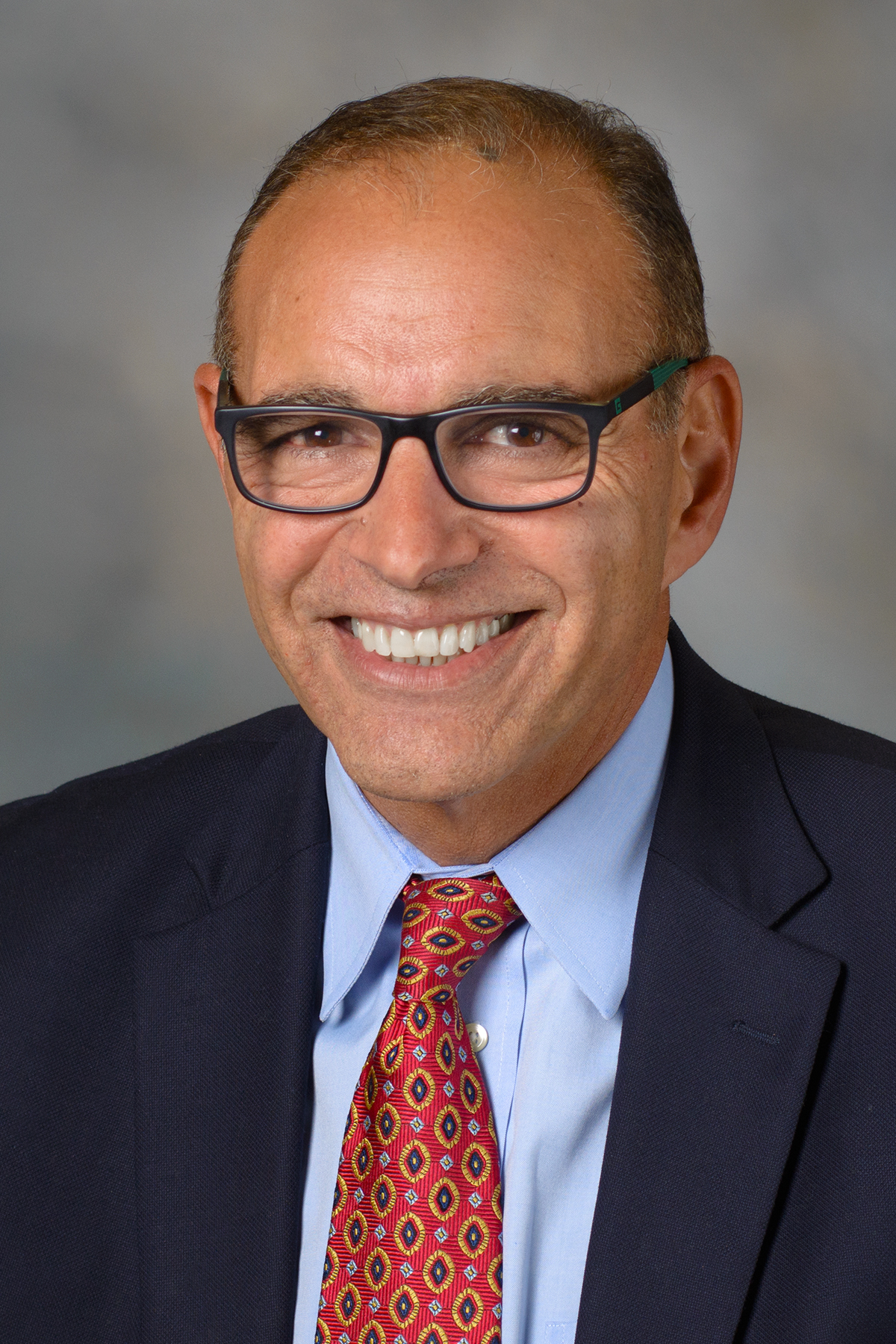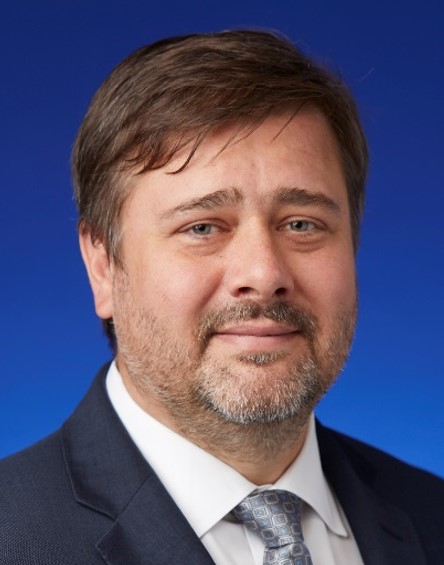Dear AHNS Members,
The AHNS Education Division has helped create a valuable resource for our members to connect during the pandemic. The AHNS COVID-19 Forum can be accessed through your member account on the AHNS Web Site. Just log onto your account through www.ahns.info and go to the member dashboard to access the AHNS COVID-19 Forum. This was established as a quick way for our members to post questions, comments and suggestions in relation to the COVID-19 pandemic. This forum is only accessible to AHNS members. Posting in any forum subscribes you to that topic and you will receive email notifications of future posts. You may also subscribe to any topic or entire forums by locating the subscribe link. Clicking your name on any forum page will allow you to modify your personal settings for the forum system. Please note that the views and comments expressed on the forum are views and opinions of those posting and not official AHNS viewpoints.
Please also visit the AHNS COVID-19 Bulletin Board, which serves as a platform on our website where members can share vetted information relevant to dealing with the COVID-19 pandemic. Please visit https://www.ahns.info/covid-19-info/ to view the bulletin board and also submit information. New information has been posted weekly.
And don’t forget to view one of the pieces that was added to the Bulletin Board, the AHNS COVID-19 Practice Patterns. A direct link can be found here:
https://www.ahns.info/covid-19-info/covid_pp_spreadsheet/
This document is created by a set of head and neck surgeons who will post regular and ‘real-time’ updates about practice patterns, policy changes, and patient care considerations. These will be updated on a weekly basis at minimum, and more frequently if policies and patterns are changing more rapidly.
In addition, aggregate information previously collected from other institutions will be available to view.
We welcome your contributions. We are actively looking for contributors, as well as ideas for additional questions our institutions can help answer. New questions will be added and answered as soon as possible.
Please send any interest or correspondence regarding AHNS COVID-19 Practice Patterns to
[email protected].
I continue to be amazed at the great work our members are producing during this difficult time.
Thank you, again, for your service to the society and our specialty!
Cherie-Ann Nathan, MD
AHNS President


